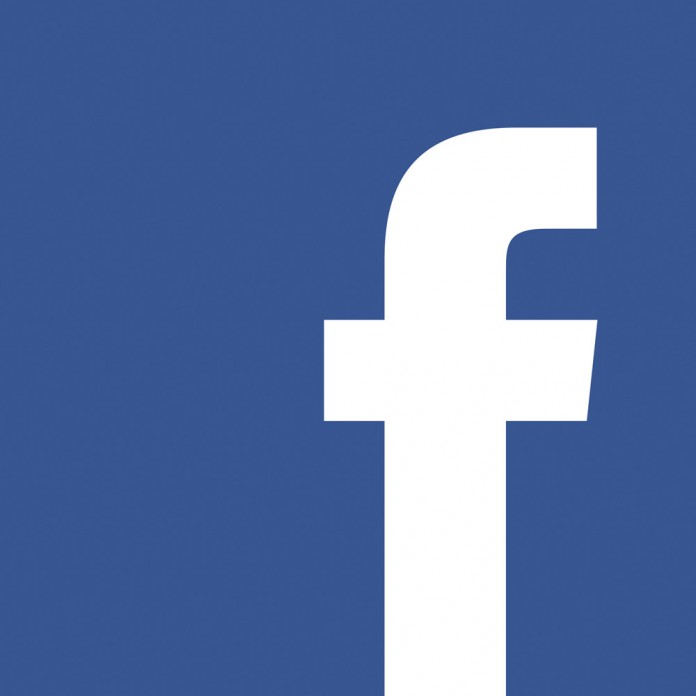Gwendolyn Wu
Campus Beat Reporter
One new text message: “Facebook Safety Check: Are you affected by the explosion?”
On Facebook itself, the notification is far less alarming: “Are you OK? It looks like you’re in the area affected by The Explosion in Gulshan-i-Iqbal, Lahore, Pakistan. Let friends know that you’re safe.” While this notification on the morning of March 27 was a malfunction on Facebook’s end (a large chunk of people receiving this notification lived on a different continent), it caused many to panic about this ambiguous “explosion” with no location or time.
It isn’t the first time that the website has misfired on its new additions. Facebook’s temporary profile picture overlays have been the subject of much ire over the past months, as natural disasters and terror attacks rocked some of the biggest cities in the world. What was supposed to be its saving grace is the Facebook Safety Check, which allows users to check in if they’re in an affected area and alert their friends list that they’re safe through a notification on the website.
Suffice to say, inducing more panic isn’t the goal of this feature. However, it woke up some and instilled dread into citizens of other countries, while people in the area affected did not receive the text.
In this globalized environment, Facebook has the privilege of playing a big role in connecting its users to loved ones in other countries. It is the most widely-used social media website in the world with 1.59 billion monthly active users, according to Google at the end of 2015. Facebook’s newsroom web page states that 83.6 percent of its users live outside of the United States and Canada, and quite a few of those users have had to use those Safety Checks in recent months.
However, Safety Checks won’t cover all of the potential damage that could happen after the initial shock. An American citizen traveling in Brussels on March 22 let his loved ones know that he was safe immediately following the explosions at the city’s airport, only to be killed after doing so.
In the case of an aftershock, tsunami or additional attacks, people may have made a preemptive call. A series of Safety Checks, especially in the case of Brussels, would have made it easier for people who are hurt but not missing, to continually reassure or properly notify those who need to know.
While a user can simply choose to hit the button later, a deterrent in doing so is the desire to relieve family and friends of panic for as much time as they can. Some people may not even use social media while they’re vacationing in a different place. Traveling can mean cutting off all contact with a person’s day-to-day life, especially if it’s expensive to purchase data or hotel wifi overseas, so this social media feature can’t be the only way that your loved ones know you’re alive.
However, whether this miscalculated Safety Check adds fear into people’s hearts is debatable. It serves more as relief that this system continues to be so responsive, although alarming that it didn’t go off in the right country. A better-worded text is the dividing line between delivering news and scaring people, making it all the more important for the company to revisit Safety Check.
If Facebook wants to continue playing its role as the great connector between people globally, the company has to provide services like Safety Check to its users. Unfortunate incident aside (and knowing how Silicon Valley tech culture obsesses over perfectionism, it will be isolated), the Safety Checks are innovative uses of technology that serve a global population best.











